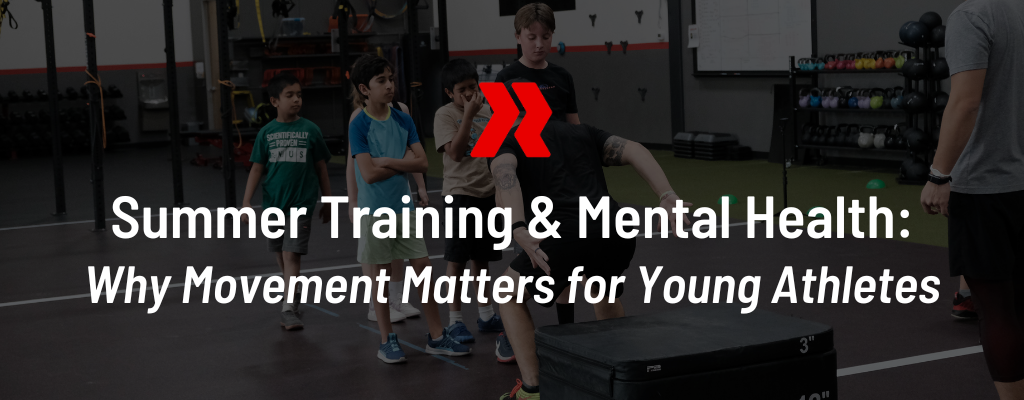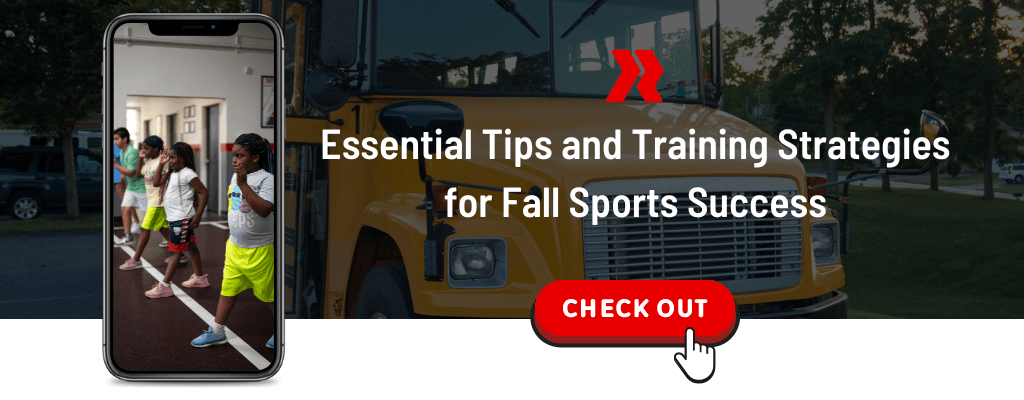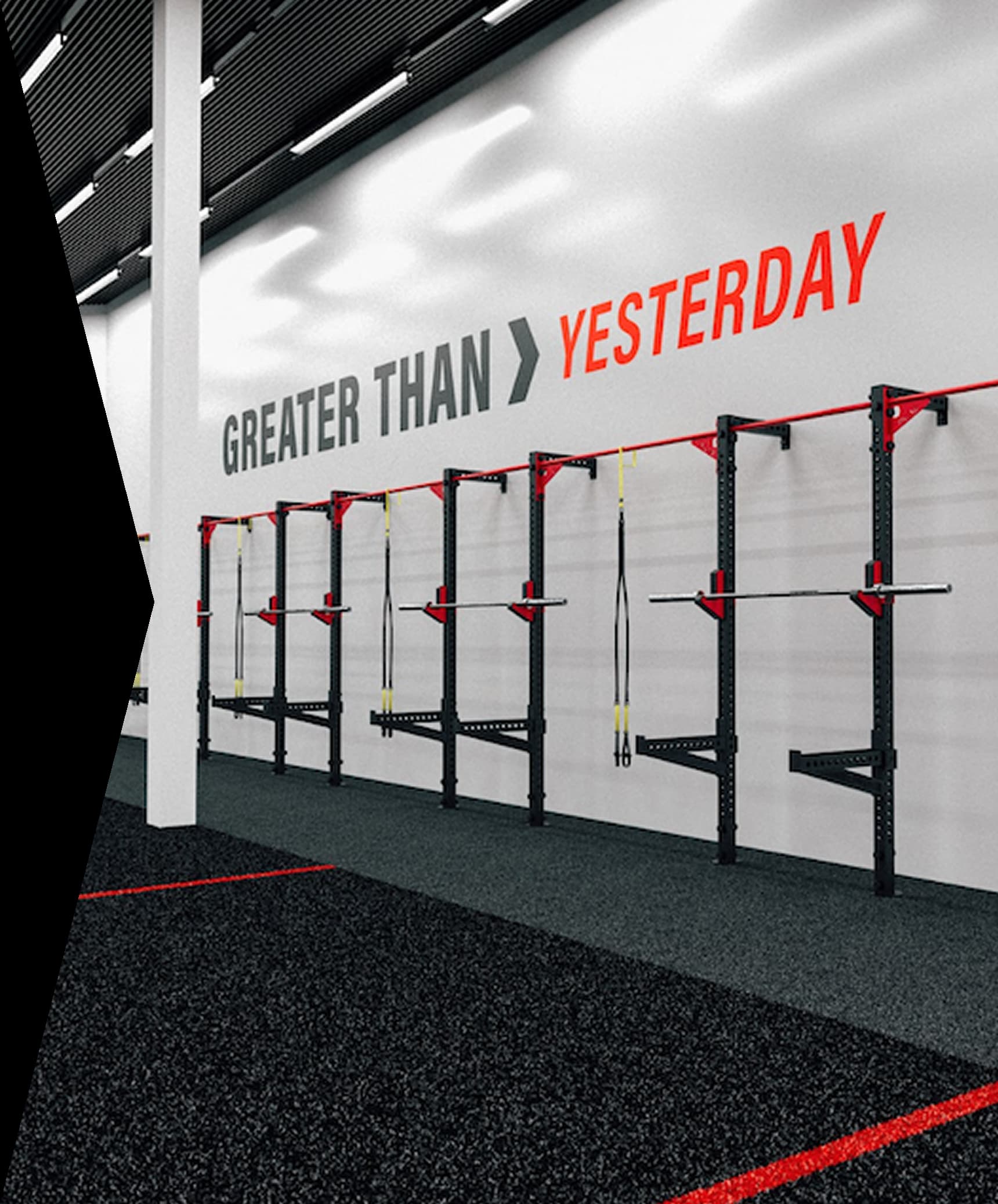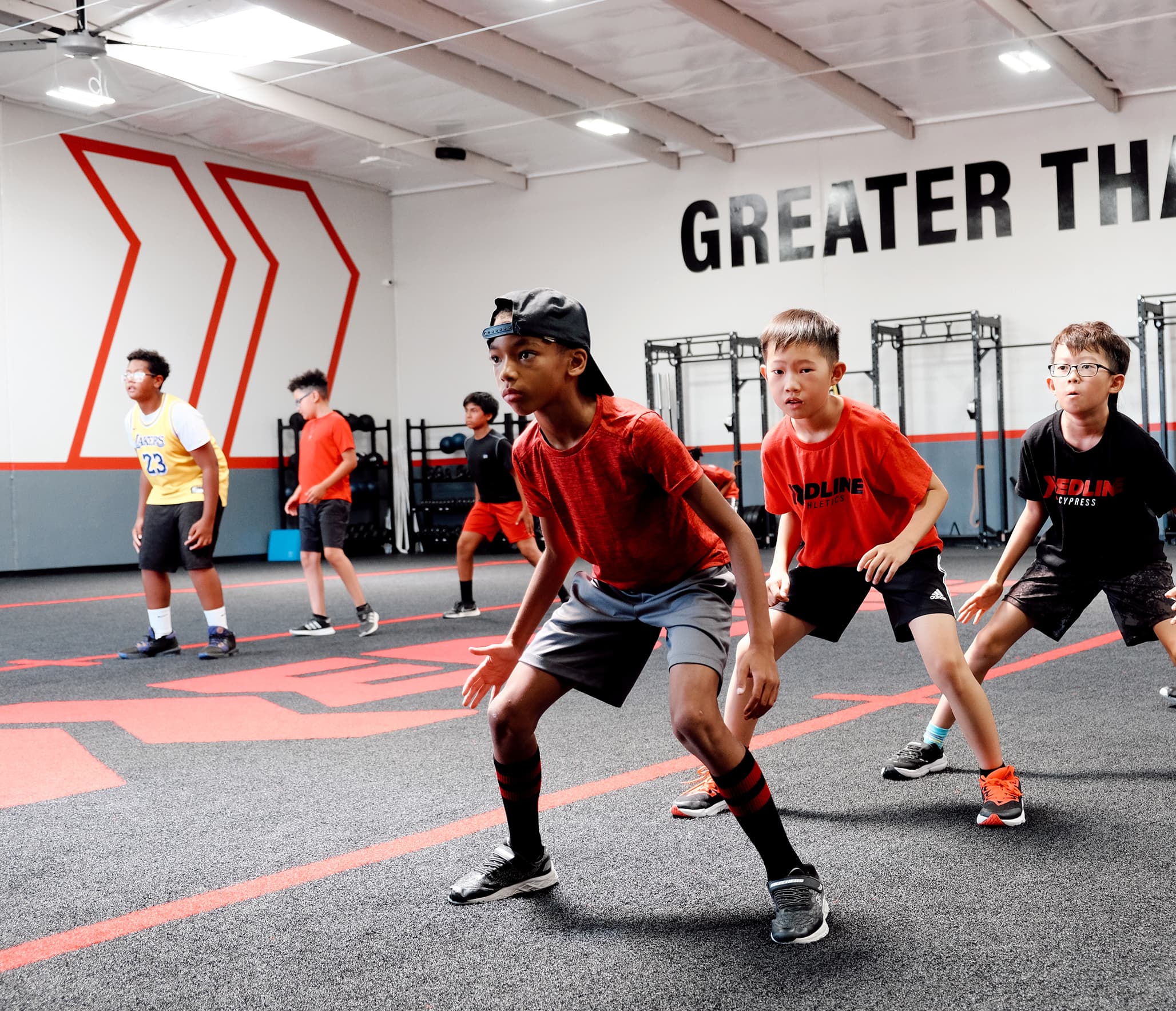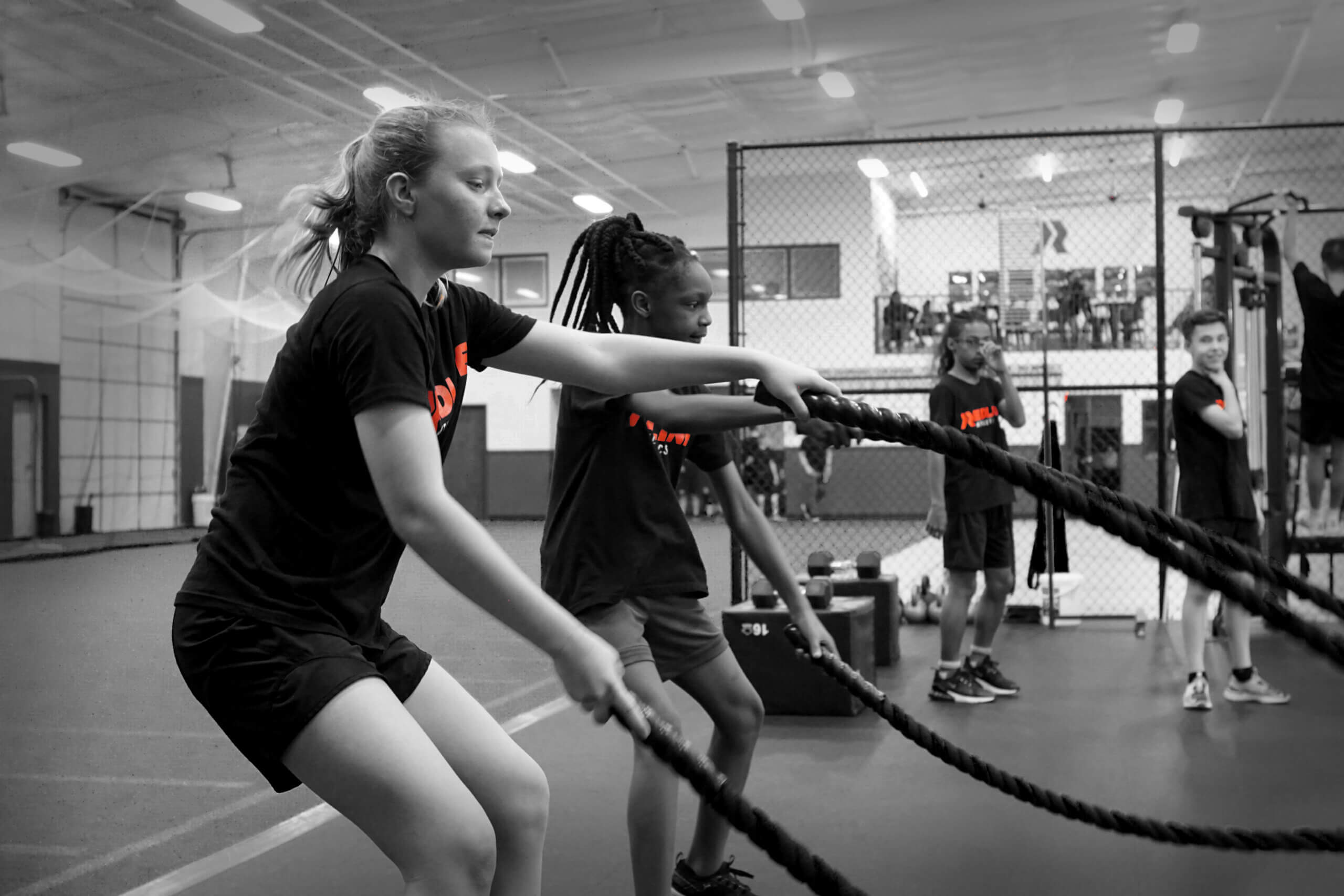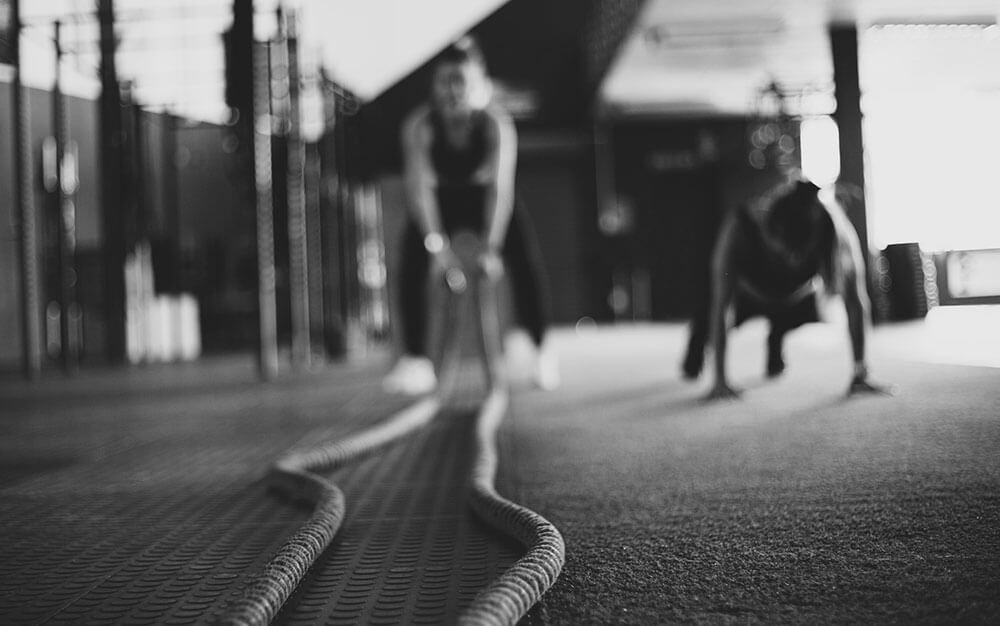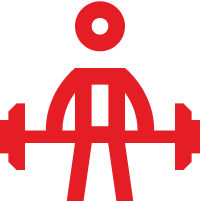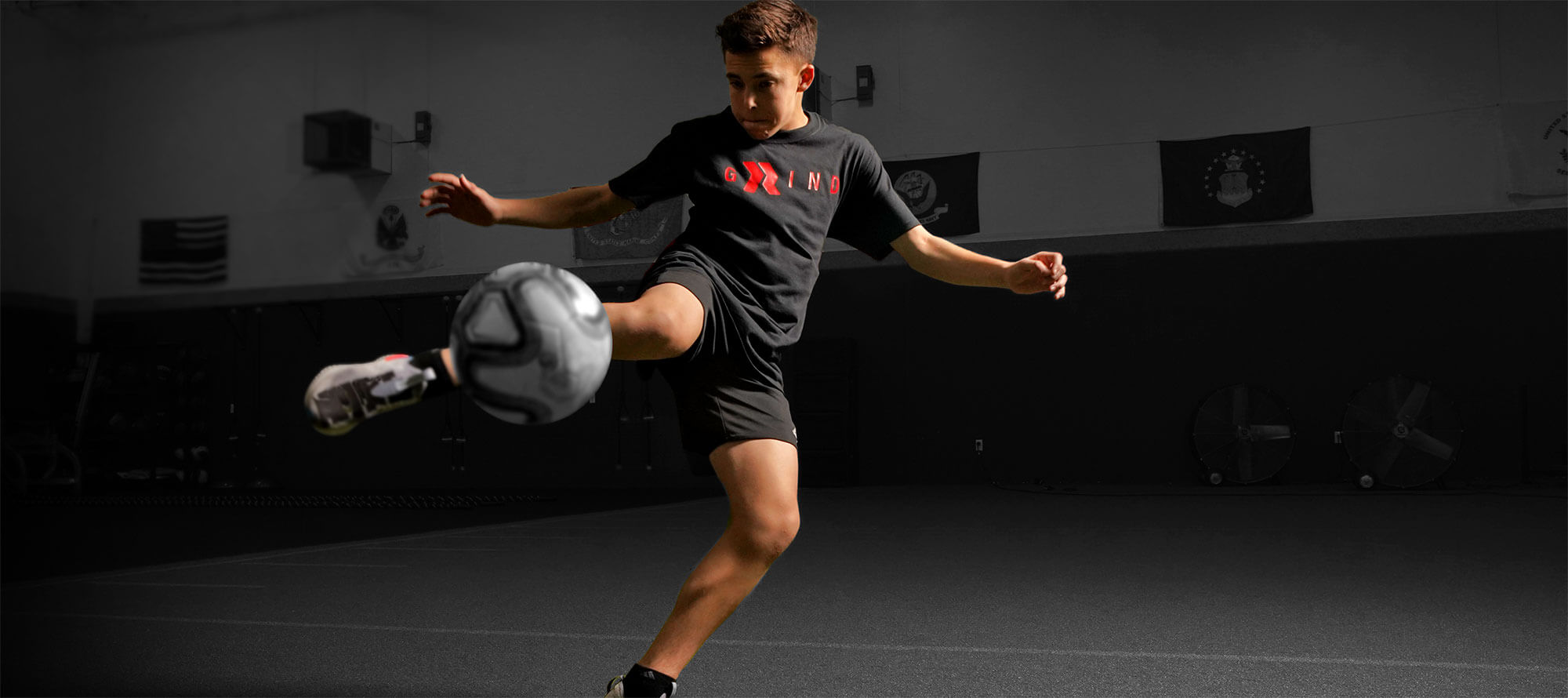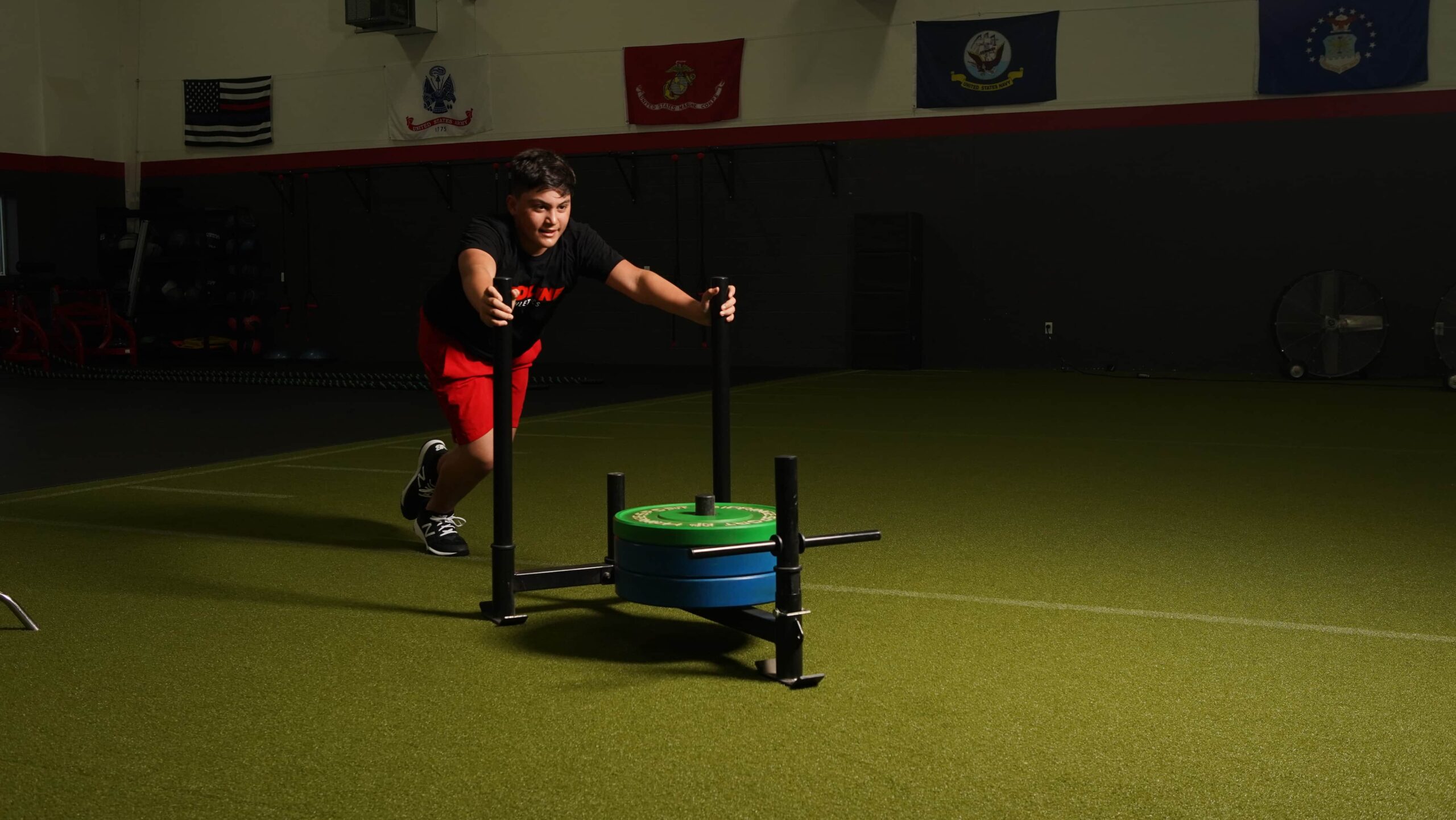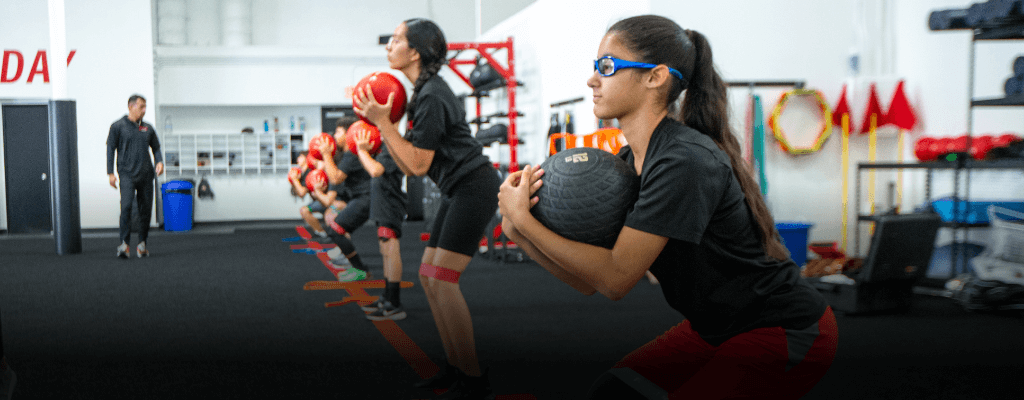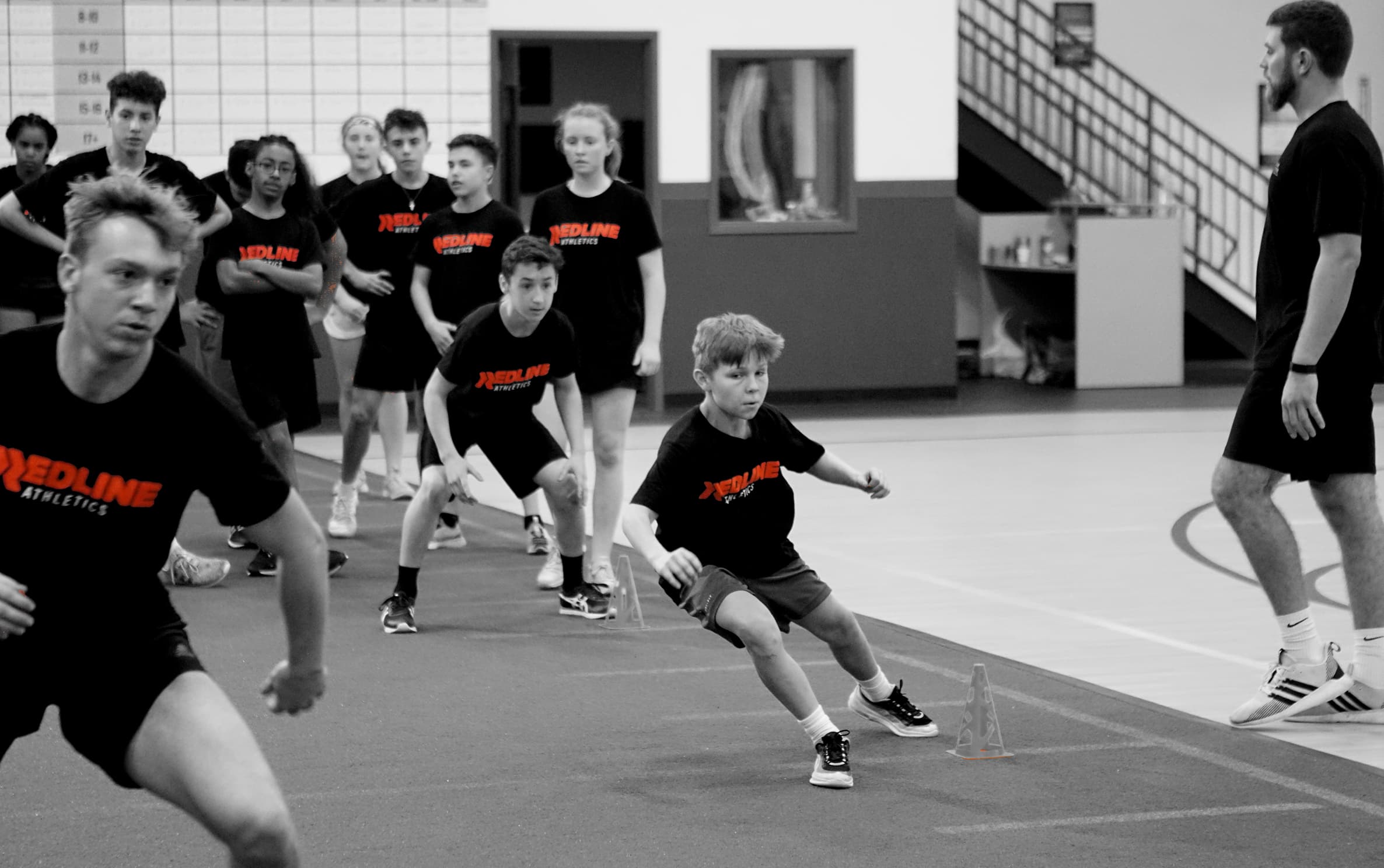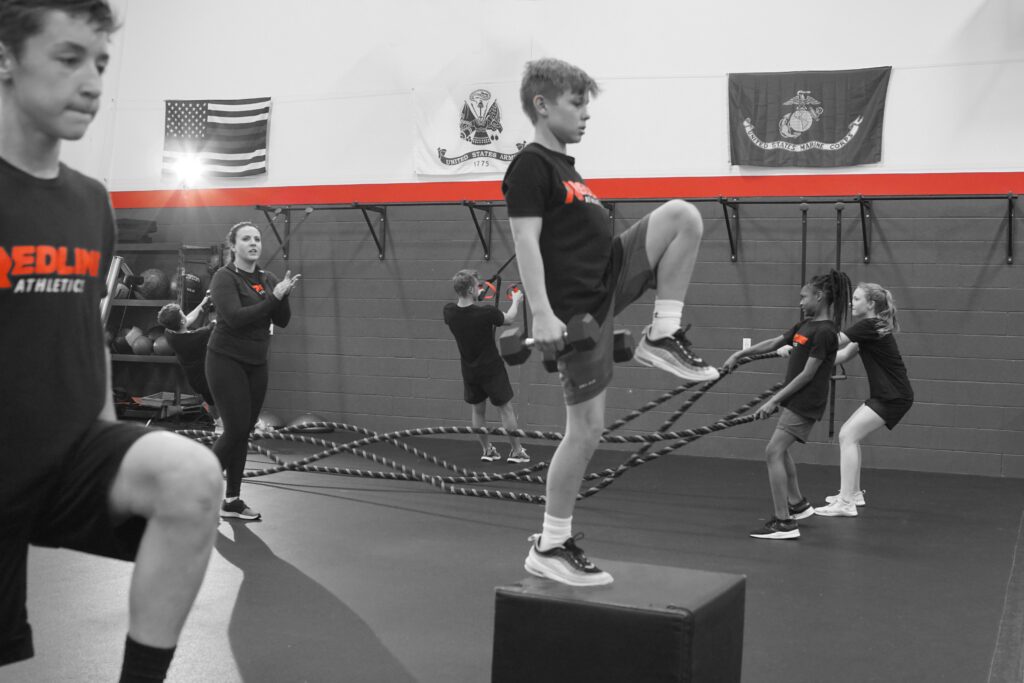
As the fitness industry grows more expansive, new, innovative, and trendy programs pop up every day. The market is flooded with just about every kind of avenue to fitness you can think of: cross-training, pilates, Zumba, circuit training, barre, not to mention all the variations of yoga. But when it comes to youth training, the field is somewhat lacking.
Not Little Adults
Too often, adult programs are being scaled down and applied to young athletes. Sure, kids are limber and have the energy most adults can only reminisce about, but treating kids like small adults when it comes to fitness is not only misguided; it’s unsafe.
The development of athletic qualities such as coordination, proprioception, kinesthetic differentiation, balance, rhythm, and spatial awareness continues into our early teen years. These functions are informed by ascending control; our muscles and senses sending messages back up to the brain about touch, pressure, and pain.
Control Comes First
Training for young athletes should focus primarily on control rather than strength. In order to maintain a safe and controlled form when lifting weights, a sense of spatial awareness is imperative. To avoid problems such as hyperextension, being conscious of the bone and muscle connections between landmarks in your body will keep athletes of all ages safe. As kids grow, the brain requires somewhat of a reset to keep up with a changing body structure. The now lanky kid who has gone from boy to tween has to relearn where his limbs are compared to his core and midline.
Exercises like bear crawls, tabletops, pulls up, and throwing are perfect – especially after a growth spurt – for providing opportunities to update the brain with new input on how long and tall the body is and where it is in space. These types of exercises lay the foundation for balance, stability, strength, and accuracy.
What is Appropriate Training
Lifting weights is common practice with high school-aged kids, and with the right guidance, it can be appropriate for kids 10+. However, it’s not the only way to get strong.
For younger kids, resistance training, bodyweight training, and object manipulation are great ways to develop not only strength but speed, force production, control, and overall athletic potential. Providing the body plenty of opportunities for a wide range of motion and movement, rather than laser-focusing on sports-specific movements, will not only increase overall fitness, but prevent injury. Good training should always incorporate force production and absorption, acceleration and deceleration, strength, and accuracy to improve the body’s overall fitness and agility.
How Redline Makes the Difference
Redline Athletics is the premier provider of specialized youth sports performance training. We don’t adapt adult programs for kids but tailor our training and techniques to help kids reach their athletic potential and goals. Our staff of professional trainers and movement specialists teach children through teens the fundamentals of sports with training principles that will help them move more efficiently, increase their athleticism and strength, and avoid injury.
Click now to learn more about our specialized training and find your local Redline Athletics.
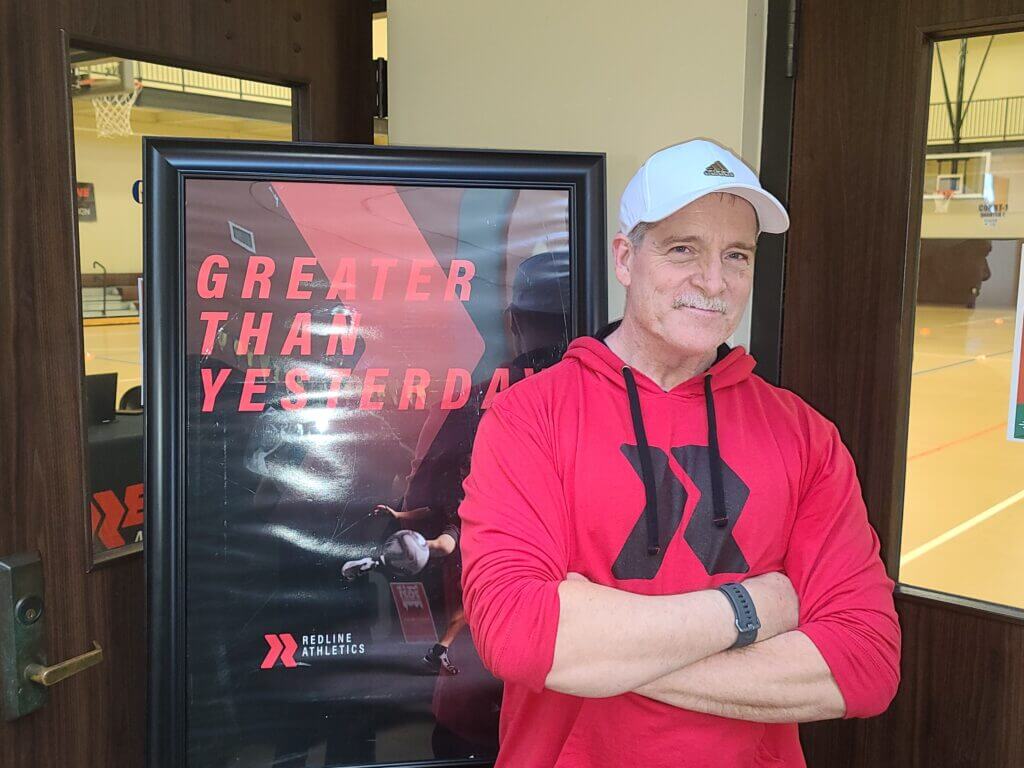
By: Danielle Whetstone with King Hoover.
King Hoover has dedicated his extensive career to coaching and training athletes. With over 30 years of experience, he specializes in youth football, injury management, speed, and agility.

